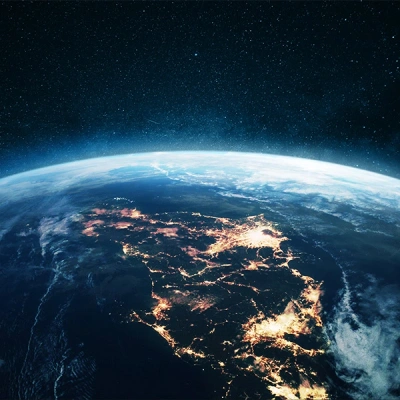Welcome to Part Two of Alchemy’s blog on NFT Art!
Picking up where we left off – we now know what NTFs are and what they represent. But why do people buy them?
Why have they become so popular in the art world?
Well, before NFTs became a sought-after genre in the industry, they started gaining prominence and their popularity grew through personal purchases.
Almost anyone can make (mint), buy or sell an NFT. Some users take the investment approach – the idea behind being that the NFT will retain or even increase its value with time, making it a lucrative asset to have and re-sell later.
In addition, as the tokens themselves are unique and impossible to replicate, some people use NFTs to safeguard their digital ownership of rare collectibles, gaining an easy way to prove purchase and possession.
Eventually companies, brands and organisations would catch on as the ways in which people utilised NTFs would grow, attaching exclusive perks, tickets to events or hidden Easter eggs to the NFTs they were selling, really establishing the trend into the mainstream.
Creating new art communities, dedicated to the world of crypto and NFTs, these trends led to the artist themselves producing new NFT art – and profiting from it!
Since this type of connection between the art and artist doesn’t really exists through any other artform, buyers have found NFTs to be a unique way to support emerging talent beyond the initial purchase of their work.
Auction houses and galleries have also encouraged and worked together with their roster of artists on sourcing unique art and unique tokens for their wide audiences.
Even though there are arguably a number of positives here, what about the negatives?
Quickly frankly, the market is unregulated. The value of NFTs is determined by extremely unstable trends and demand can never be guaranteed, easily disappearing overnight, as we’ve recently seen with well-known NFTs, such as Jack Dorsey’s (the creator of Twitter) first tweet.
It initially sold for $2.9 million, only reaching a max bid of $6,8000 for its most recent auction.
In addition to this, the production of NFT requires a lot of energy. The Ethereum blockchain, which employs the energy-intensive operational protocol known as proof of work, now supports the majority of NFTs. The amount of electricity used by one NFT transaction is equivalent to that used by the typical home for around two days. Not great for the environment.
With all of this in mind, should you buy an NFT?
Are you in inspiring artist, looking to develop your own NFT exhibition, or are you a concerned onlooker, waiting to see if these million-dollar purchases are worth the environmental impact?
Let us know your thoughts! Was this an informative read – we welcome your feedback!





